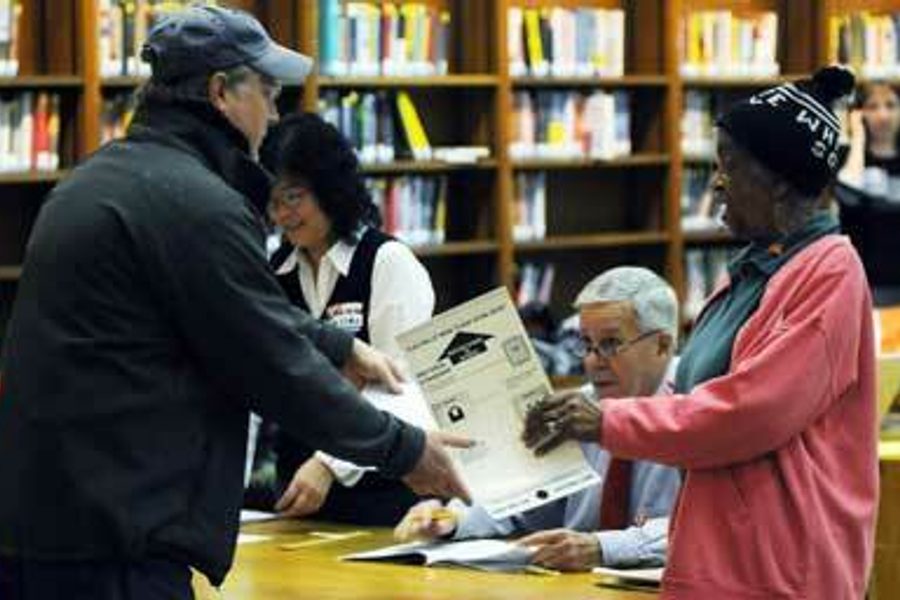
Hart researcher Guy Molyneux said that Brown won non-college graduates — the stand-in for “working class” among pollsters — by 20 percent, compared to Obama’s victory among non-college voters by 21 points in 2008. Democrat Martha Coakley won college-educated voters but by 25 points less than Obama.
Even union household voters — typically at least 15 to 20 percent more Democratic than the electorate as a whole — voted 49 to 46 percent for Brown over Coakley. “Union voters, like others, respond to the environment around them,” AFL-CIO Political Director Karen Ackerman says. “Massachusetts voters didn’t see the Democratic candidate as being on their side.”
Brown won strongly among the majority of voters who thought the economy wasn’t good, and 79 percent of voters strongly wanted a candidate who could fix the economy and create more good jobs. Fifty-four percent strongly wanted healthcare reform – controlling costs and extending coverage.
But only 42 percent of Massachusetts voters strongly wanted to send a message that Obama and Congress were “going too far in expanding government’s role.” Indeed, by a margin of 47 to 32 percent, voters said the problem with the Democrats was their failure to make needed changes, not trying to do too much, too fast.
Overwhelmingly — 54 to 22 percent — Massachusetts voters thought Democrats were helping banks and Wall Street too much, not regulating business enough (a view shared nearly as much by Brown voters).
Hart’s polling suggests that Brown’s opposition to the Congressional healthcare bills did not drive his campaign success. But 42 percent of voters were concerned about taxation of health benefits, and those voters supported Brown by a nearly 2 to 1 margin.
Molyneux concludes that the election mostly reflected voters’ views of the two candidates, not a rebuke of Obama or endorsement of Republican policies.
Yet the personalities would not have mattered as much if there had not been such deep misgivings and anger among working-class voters about the lack of progress on improving their lives. Those voters heavily supported a candidate with whom they often disagreed and who now will make progress even less likely.
“This is a wake-up call for everyone – the White House, the Democratic Party,” Ackerman says.
But given the votes of union members, it should be a wake-up call for labor leaders as well.
David Moberg, a former senior editor of In These Times, was on staff with the magazine from when it began publishing in 1976 until his passing in July 2022. Before joining In These Times, he completed his work for a Ph.D. in anthropology at the University of Chicago and worked for Newsweek. He received fellowships from the John D. and Catherine T. MacArthur Foundation and the Nation Institute for research on the new global economy.








